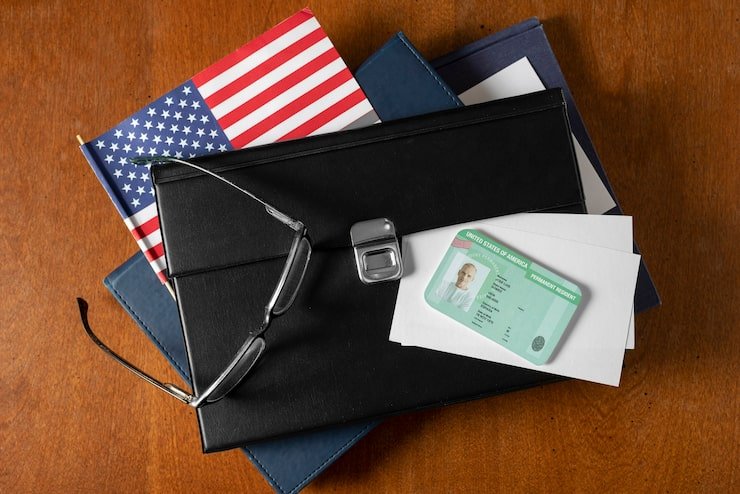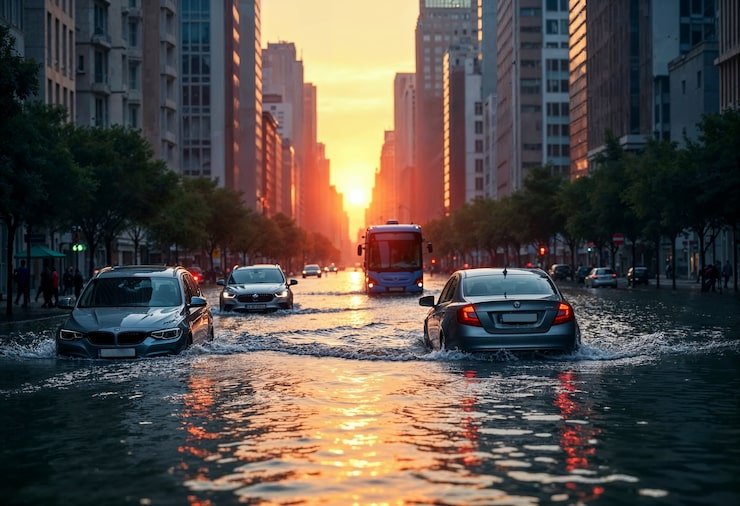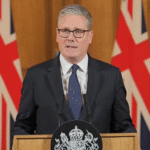Tsunami Hits Kuril Islands After Powerful Earthquake Triggers Widespread Alerts
A devastating natural disaster unfolded on July 30 when a magnitude-8.8 earthquake struck off Russia’s Kamchatka Peninsula, triggering a massive tsunami. Tsunami Hits Kuril Islands became a global headline as waves slammed into the region, surpassing 3 meters (9.8 feet) and peaking at 5 meters (16.4 feet) in the coastal town of Severo-Kurilsk. In response, Russian authorities immediately declared a state of emergency across the entire North Kuril District.
Kuril Islands Suffer Heavy Damage as Tsunami Strikes
The tsunami flooded the port of Severo-Kurilsk, which caused a lot of damage to buildings and other infrastructure. Emergency teams got about 2,000 people out of the area, and a fish-processing plant and a nearby kindergarten were badly damaged. In addition, the calamity made it hard for people to talk to each other and get online in some parts of the region. Authorities are still on high alert while they analyse the damage, even though no deaths have been verified.
Tsunami Impacts Spread to Japan and U.S. Coastlines
The tsunami had ramifications that went far beyond Russia. Waves as high as 60 centimetres (about 2 feet) slammed the Hokkaido region in Japan, forcing more than 1.9 million people to leave their homes. To be safe, officials stopped ferry services and restricted important roads for a short time.
Meanwhile, in Hawaii, tsunami waves reached 5.7 feet (1.7 meters) on Maui and 4 to 5 feet in Oahu. These waves flooded parking lots, forced authorities to cancel several flights, and triggered heavy traffic as residents sought higher ground. Although the warning was later downgraded to an advisory, the impact left coastal areas on edge.
In Northern California, on the U.S. West Coast, waves were smaller, between 1 and 1.6 feet, at places like Arena Cove and Crescent City. Even though these waves were big, they made safety cautions about ocean currents that may change quickly, especially during high tide.
Aftershocks Continue Amid Ongoing Alert
This earthquake ranks among the strongest in the region since 1952. Since the initial shock, multiple aftershocks have shaken the area, with some reaching magnitudes as high as 6.9. As a result, countries across the Pacific—including Japan, Hawaii, and parts of New Zealand—have issued ongoing tsunami alerts and advised residents to remain cautious.
Officials Roll Out Emergency Measures as Tsunami Hits Kuril Islands
Emergency teams all over the Pacific are working nonstop to keep people safe. Officials are checking ports, roads, and the electricity grid to see if they have been damaged. In the meantime, they tell people to stay at higher elevations, stay away from beaches and harbours, and obey official advice until all tsunami-related hazards are over.











